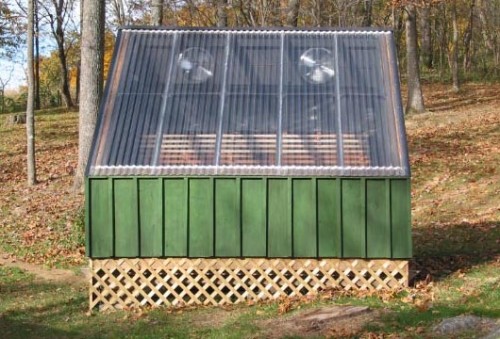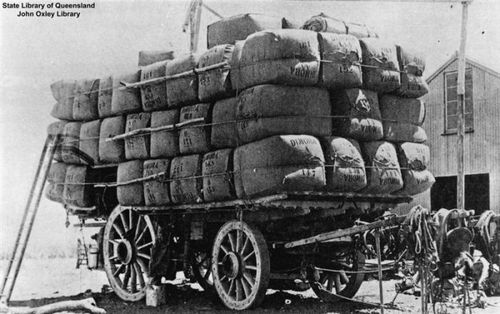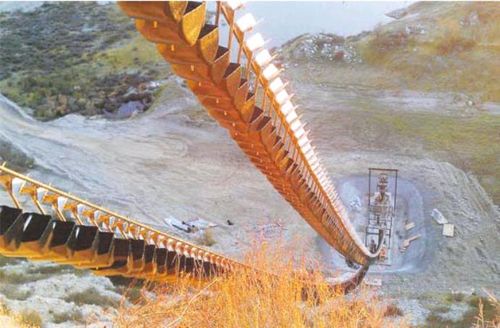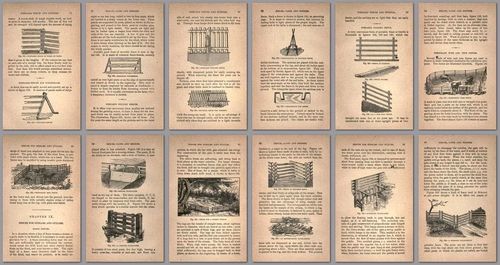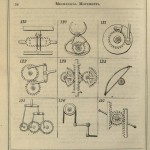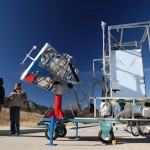 “I didn’t know much about watches until my aunt died and I inherited an astonishingly beautiful pocket watch from her. Looking online, I found it was made in Switzerland around 1800. It didn’t run, and when I opened the case I thought some small worm had got trapped inside. On closer inspection it wasn’t a worm but the tiniest chain I had ever seen, a perfect microscopic bicycle chain with links smaller than half a millimetre.”
“I didn’t know much about watches until my aunt died and I inherited an astonishingly beautiful pocket watch from her. Looking online, I found it was made in Switzerland around 1800. It didn’t run, and when I opened the case I thought some small worm had got trapped inside. On closer inspection it wasn’t a worm but the tiniest chain I had ever seen, a perfect microscopic bicycle chain with links smaller than half a millimetre.”
Artist and maker Tim Hunkin repairs Victorian watches. On the picture: a 1908 Waltham pocket watch, Tim Hunkin.
